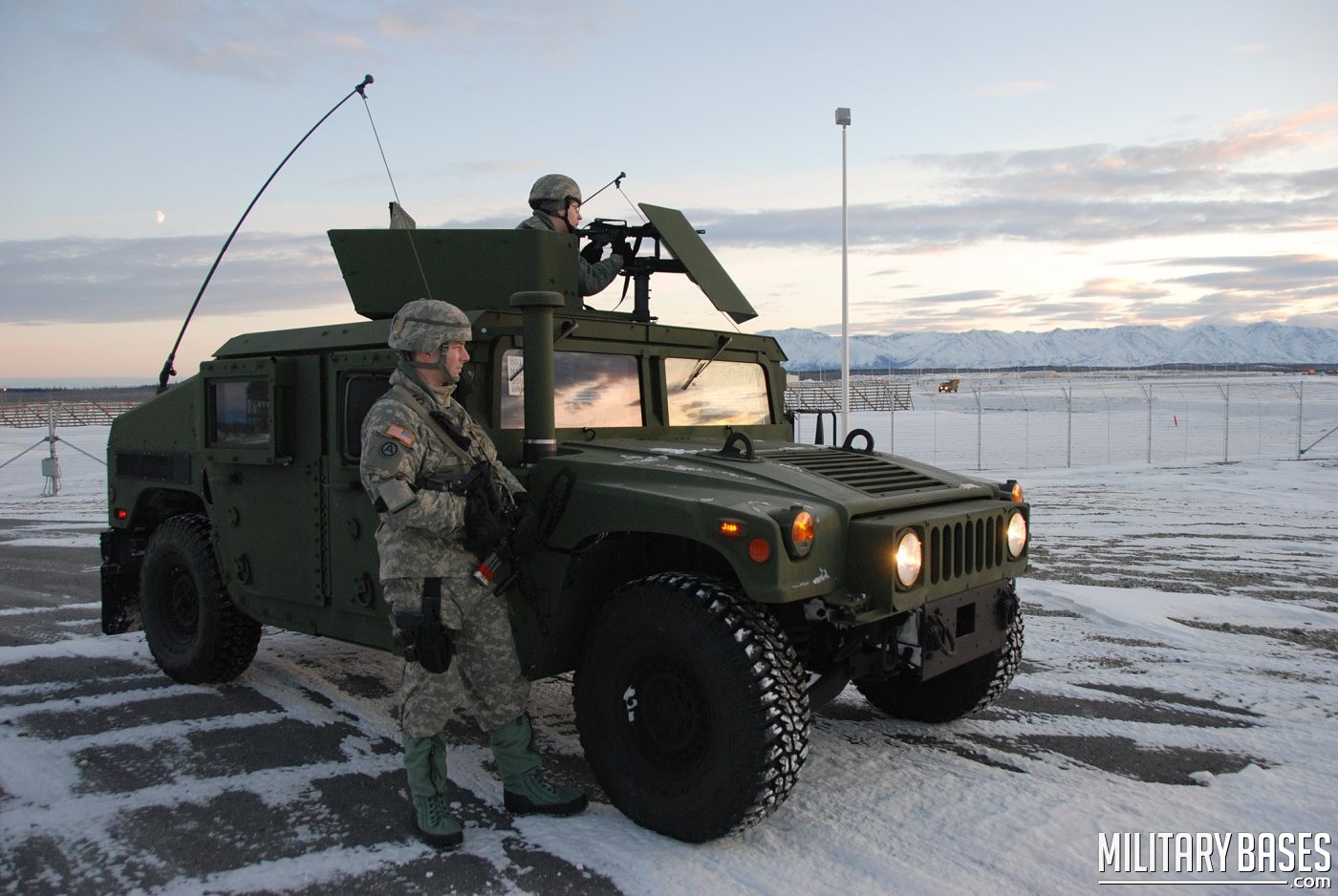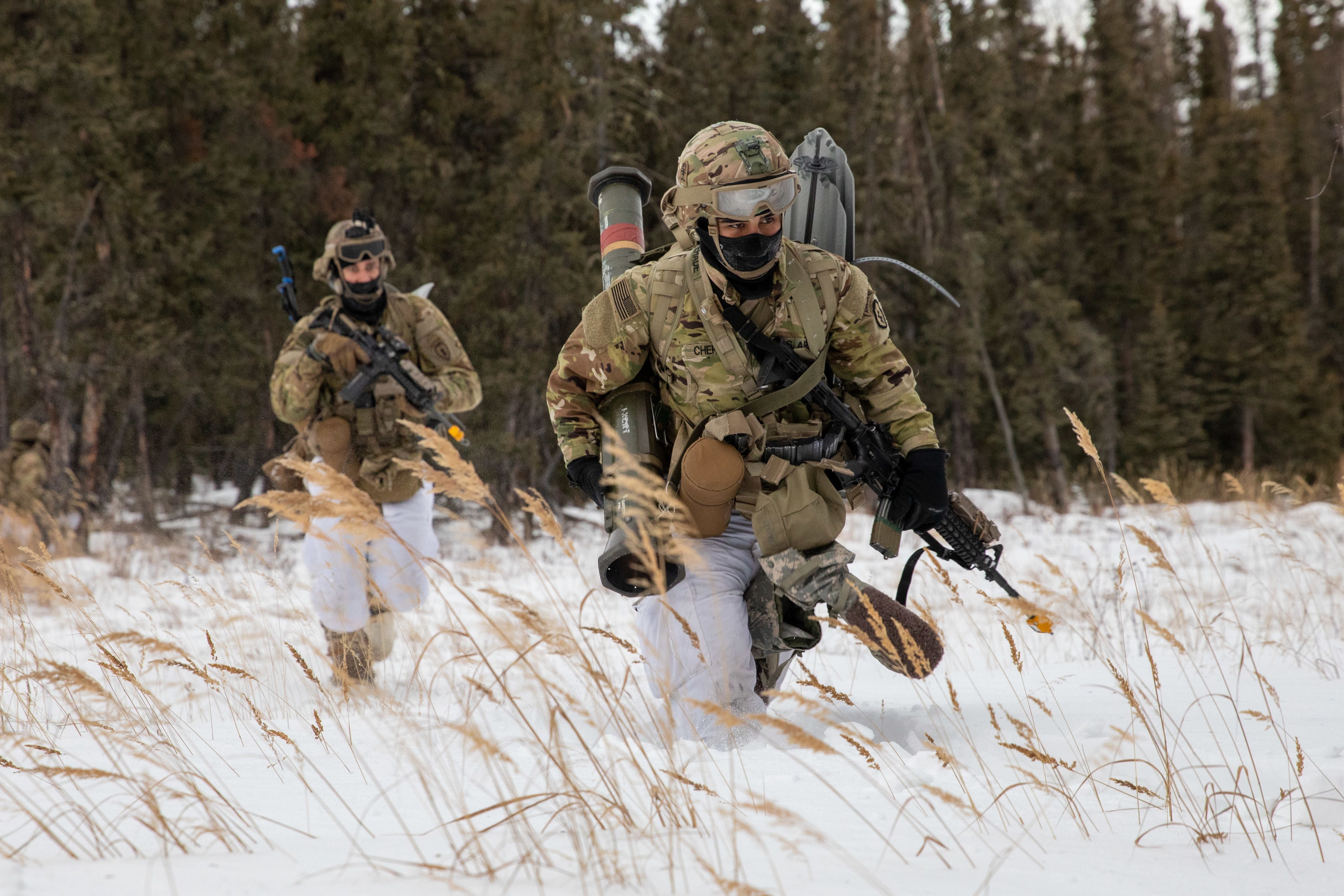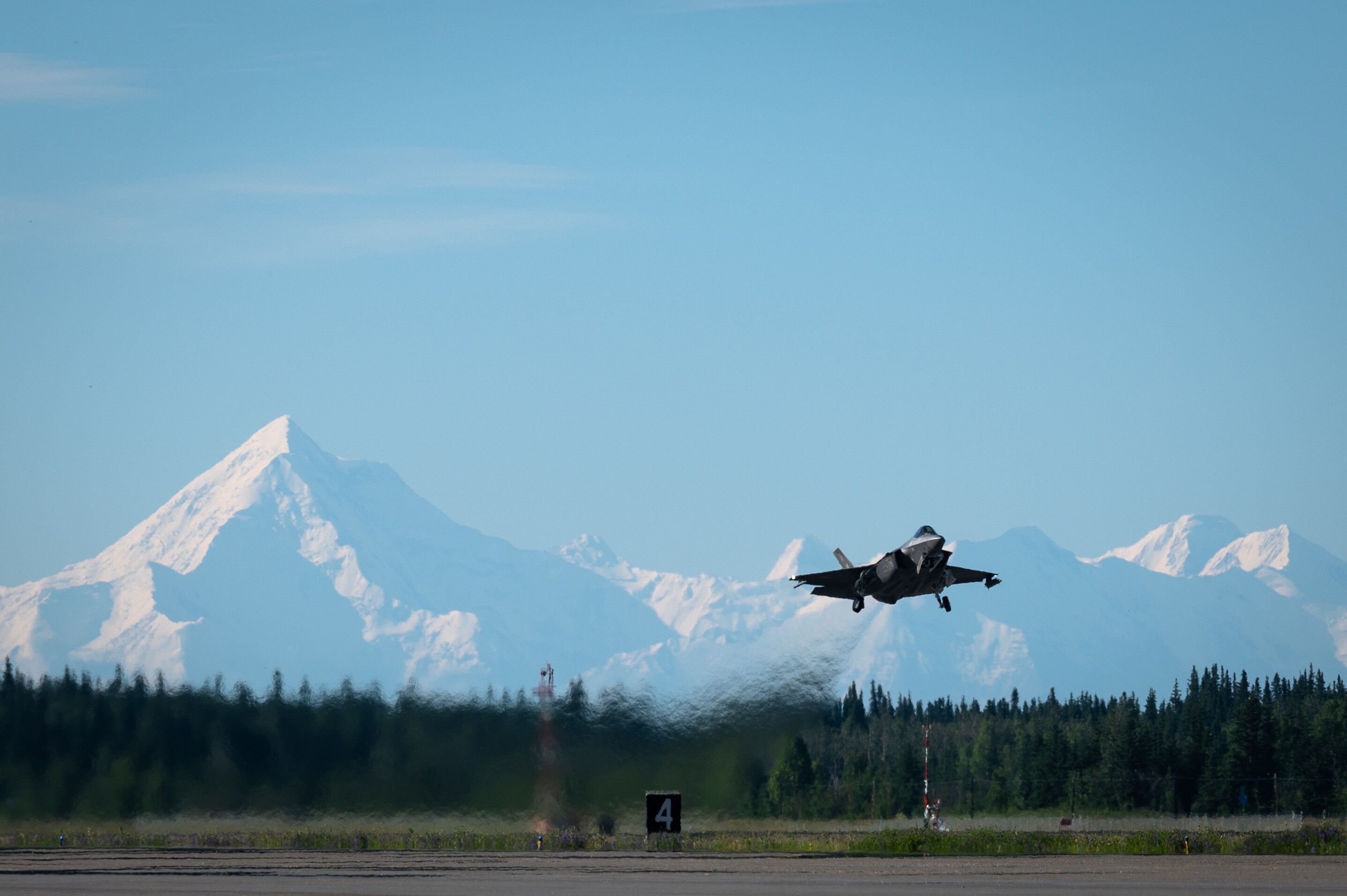Alaskan Military Bases - Map showing the locations of Alaska Territorial Guard units (with member numbers), major military bases, and evacuated Aleutian villages.
The Alaska Territorial Guard (ATG), commonly known as the Eskimo Scouts, was a military reserve force component of the United States Army that was responsible for the 1942 invasion of United States soil in Hawaii and the occupation of parts of Alaska by Japan. was organized in response to World War II. The ATG operated until 1947. According to an official duty schedule, in addition to a paid staff of 21, it included 6,368 volunteers who served without pay from 107 communities throughout Alaska.
Alaskan Military Bases

ATG brought together for the first time in a joint effort members of these ethnic groups: Aleut, Athabaskan, White, Inupiaq, Haida, Tlingit, Tsimshian, Yup'ik and most likely others. In later years, all members of some native units achieved expert sniper ranks.
Exposures And Military Bases In The United States
(Both extremes occur mostly in sparsely populated areas). As volunteers, members of the Alaska Territorial Guard were those too young or too old to be eligible to enlist during World War II.
A rough estimate states that approximately 20,000 Alaskans participated, officially or otherwise, in ATG reconnaissance or support activities.
In addition to official duties, ATG members are known for actively and successfully promoting racial integration in the U.S. Armed Forces.
Many former ATG members were instrumental in achieving Alaska statehood in 1959 as members of the Alaska Statehood Committee and/or delegates to the Alaska Constitutional Convention.
Fort Richardson (alaska)
In recognition of the contributions of ATG, in 2000 all members of ATG were granted US veteran status by statute, with some members still living.
But efforts to find surviving ATG members and help them through the application process are difficult due to lack of written documents, oral culture, lack of trained staff, time lapses, and obscure bureaucracy and advocates.
Nevertheless, active reformation of the historical record continues through the Alaska Army National Guard, Office of Cultural Resource Management and Tribal Liaison ((888) 248-3682 toll-free), and the Office of Veterans Affairs, State of Alaska, P.O. Is. Box 5800, Ft. Richardson, AK 99505-5800, (907) 428-6016.

Before World War II, Alaska was considered by U.S. military decision-makers to be too remote and of little strategic importance to be effectively protected against the United States.
Russia's Arctic Military Bases
"...mainland Alaska is so far from strategic areas of the Pacific that it is difficult to imagine circumstances in which air operations would contribute significantly to national defense." - Gerald Malin Craig, Chief of the US Army, November 1937 [14]
This contrasts with the approach of American military leaders during the Cold War immediately following World War II:
"...as I continue to correspond and speak with people throughout the United States and the Department of Defense, they too can clearly see the importance of these two battalions that you are building. Truly honest to God and real - The world's first line of defense in Alaska. ..closer to our rival, Communist Russia, than to any other armed forces of the United States." - Gerral James F. Hollingsworth, Commanding Gerral, United States Army Alaska (USARAL), February 1971 [15]
Consistent with the earlier approach, the US Army redistributed all Alaska National Guard units based from Alaska to Washington state in August 1941.
An Army Paratrooper From The 4th Infantry Brigade Combat Team (airborne), 25th Infantry Division, U.s. Army Alaska, Rests Prior To Departing For A Joint Forced Entry Operation During Northern Edge 21 At Joint
Alaska was now without military reserves or home guards of any kind. Facing the invading army, the defense of some 34,000 miles (55,000 km) of American coastline was left to the best efforts of disorganized local citizens and already overworked seasonal workers.
He definitely showed interest in taking Amy to Alaska. In the early months of 1942, a Japanese naval reconnaissance unit was caught filming a detailed survey of the Alaskan coastline.
And culminated in the attack on Dutch Harbor in June and the capture of the Aleutian islands of Attu, Kiska and Adak.

At the time of the Dutch Harbor bombardment, Major Marvin R. Marston had presented a new plan to defend the Tire Alaska coast by enlisting local civilians.
Red Flag Alaska 17 1
He conceived the plan while visiting St. Lawrence Islands and considered the fate of the local population.
Gruening sought to organize a new guard, including all able-bodied men and boys, for Alaska after he learned that the U.S. Army would redeploy the Alaska National Guard.
Inspired by the rect Dutch Harbor attack, the Alaska Command assigned Major Marston and Captain Carl Schreibner within days to serve as military aides to Governor Gruening. Soon after, Gruening and Marston flew in a chartered plane to begin forming units of the new Alaska Territorial Guard. It included one of the most strategically important locations in all of Alaska, a small mining town called Platinum—the only source of the strategic metal in the entire Western Hemisphere.
Rollmate drives continued into early 1943, with organizers traveling in all weathers and by all available means of transportation, including airplanes, boats, snowmobiles, on foot, and the most reliable means in the area. When the promised plane did not arrive after a week, Major Marston set out with the dogs on an epic 680-mile (1,090 km) journey around the Seward Peninsula during the coldest winter in 25 years.
New Incentive Pay Encourages Soldiers To Serve In Alaska
He eschews standard military survival training in favor of the native methods of his Eskimo/Scout and Strategic Services member guide, Sammy Mogg's office.
Thanks to the heroic efforts of Marston and Moog, ATG stood as the first line of defense for the area around the LD-Lease route from the United States to the Soviet Union against an attack by Japan and the Axis powers. This vital lifeline allowed the United States to deliver vital military aircraft to its Russian ally.
The Alaska Territorial Guard was organized in June 1942 under the authority of the office of Territorial Governor Ernest Gruening, who served as Commander-in-Chief. All members took an oath to obey the Governor's order. ATG Adjutant Jeral, J.P. to the governor. Direct support was provided by Williams. The headquarters were in the territorial capital of Juno.

Offensive action was the responsibility of the Commander-in-Chief for the Pacific Areas, with North Pacific forces operating from major bases at Dutch Harbor, Cold Bay, and Anchorage.
Alaska Army National Guard Commander Brig. Gen. Joseph Streff Leads Navy, Coast Guard, Air Force And Army Key Leaders From Joint Base Elmendorf Richardson In A Salute As U.s. Army Alaska's 9th Army
Within ATG, the mission was explicitly to protect the area around the US terminus of Russia's LD-Lease air route, on which warplanes were flown from Great Falls, Montana to Whitehorse, Yukon Territory, Canada, to Ladd Field, Alaska (now) Was flown until Fort Wainwright ) and at Nome. Soviet pilots flew from there to the Russian Far East.
In the eastern and western regions. Southwest Alaska was added to the eastern sector, including the Aleutian Islands, which had been evacuated of noncombatants.
The western sector was headquartered in Nome, with offices for the commanding officer, quartermaster, instructors, public relations officer, and chaplain. Other field personnel were located at Anchorage, Coyuk, Selawik, and Gambel (on St. Lawrence Island, where Major Marston first conceived his plan).
The Eastern Sector was headquartered in Juneau and had the offices of the property officer (a role filled by Adjutant Geralt) and the instructors. Field personnel were assigned to Glacier Highway, Douglas, Ketchikan, Palmer, Hunah and Sitka.
Everything You Need To Know About Being Stationed In The Military In Alaska
The Alaska Territorial Guard was drawn from 107 communities and these ethnic groups: Aleut, Athabascan, White, Inupiaq, Haida, Tlingit, Tsimshian, Yup'ik and probably more.
The 21 staff officers were all full-time paid positions (except for the Governor, whose ATG duties were in addition to his regular office and without additional pay). All other positions were strictly part-time volunteers without pay.
The total includes at least 27 ATG members who were women. Most of the women served as nurses at the field hospital at Kotzebue, although at least one woman served ATG's primary mission with M. Hock's Laura Beltz Wright is also known to be the best sharpshooter in her company, scoring a commanding 98%.

Along with those who served in the ATG, many others worked to support them, including food service, providing equipment and supplies to the quartermaster, repair work, and more. His western region alone.
Alaska Territorial Guard
All ATG members, except for 21 staff officers, served without pay and had to perform their new ATG duties in addition to the difficult challenges of living in the Arctic and extreme maritime environments.
During the 1930s, as part of FDR's New Deal program to lift the country out of the Great Depression, the Works Progress Administration (WPA) hired many well-known American artists. Many WPA artists worked with the War Department on the US effort in World War II. Some of these artists made their way to Alaska to help document other Alaskan military operations, including the Aleutian Campaign and the new Alaskan Territorial Guard. Some of his works were featured on many wartime posters across the country. The cast included:
Other Alaska-born artists who are already well-known have gained additional exposure through contact with ATG members and artists:
Many former members of ATG were instrumental in achieving Alaska statehood. In 1958, three members of the Alaska Statehood Committee were former ATG members.
To Reduce Suicides Fairbanks Army Base Must Improve Quality Of Life, Public Health Survey Says
SAVE representatives from the Alaska Constitutional Committee worked with ATG. Both are listed below under Listed ATG members.
ATG ran active and successful campaigns
Us military bases map, united states military bases, military bases with lodging, civilian jobs military bases, toxic military bases, air force military bases, military bases, jobs at military bases, army military bases, alaskan military, hotels on military bases, alaskan air force bases
0 Comments